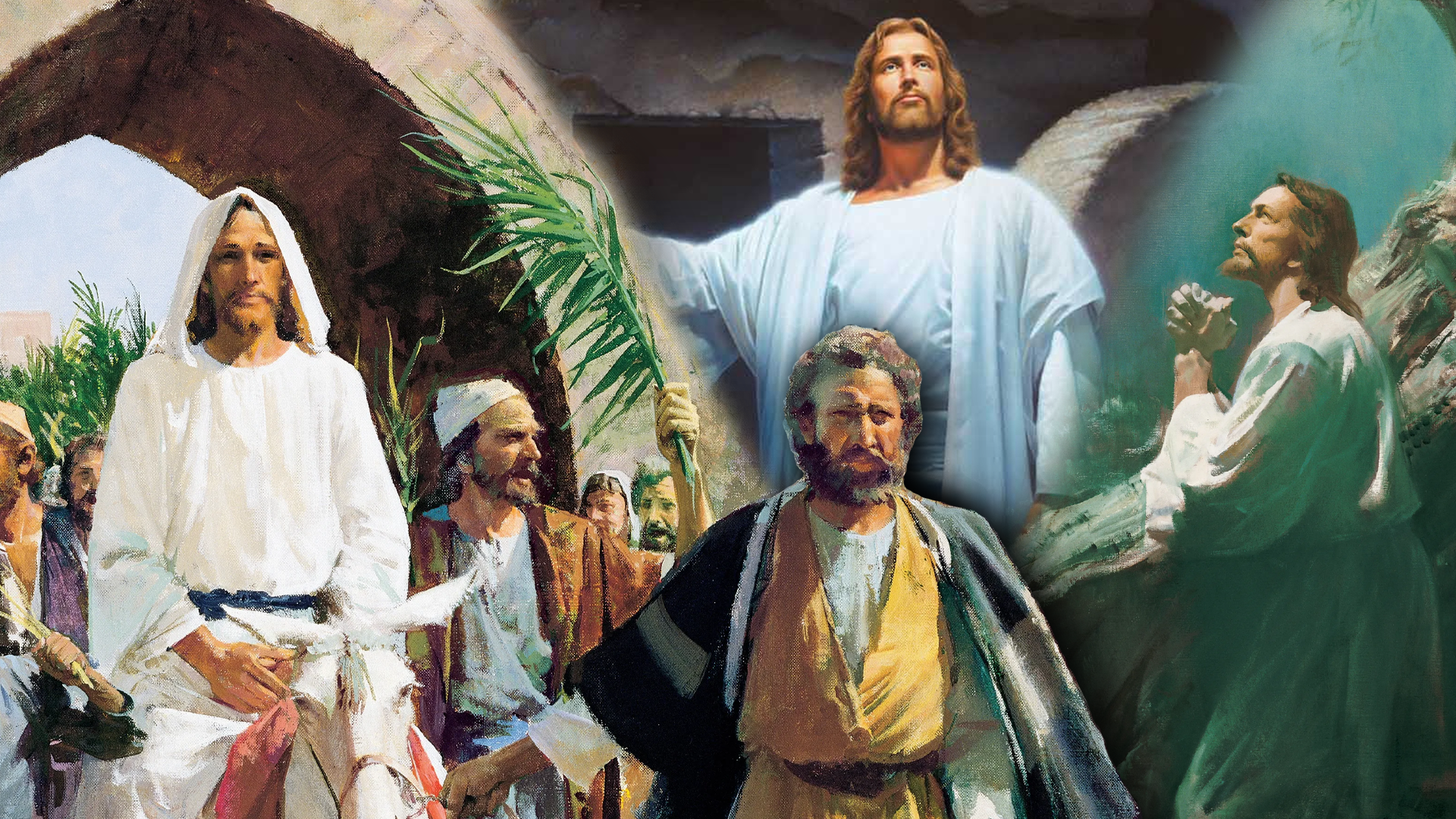Just as Latter-day Saints prepare for General Conference with spiritual reflection and anticipation, many Christians around the world journey toward Easter through the Holy Week in a sacred time commemorating the final week of the Savior's mortal ministry: His teachings, His actions, and ultimately, His resurrection. From Roman Catholics to Methodists, many mark each day with special services and traditions. When you see a neighbor or coworker with ashes on their forehead or hear about special church services on days other than Sunday, they might be participating in Christianity's most meaningful countdown to Easter.
The Church of Jesus Christ of Latter-day Saints doesn't usually hold daily services during this time, but it has increasingly encouraged members to take the Holy Week to reflect on the life and mission of Jesus Christ. If you're unfamiliar with the Holy Week, here's a quick overview.
The Day-by-Day Journey
Palm Sunday
Holy week starts with Jesus's triumphal entry into Jerusalem on a donkey. That Sunday, people placed palm branches in His path and shouted "Hosanna!" According to Matthew 21, "And when he was come into Jerusalem, all the city was moved, saying, Who is this? And the multitude said, This is Jesus the prophet of Nazareth of Galilee."
On this Sunday, many churches bless and distribute the palm fronds (woven or knotted into crosses) before reading the Passion of Christ (Matthew 26:36–27:54). Members of the congregation often take the palm fronds home as "sacred signs of the sacraments," which they'll save to burn for next year's Ash Wednesday.
Christians use this time to reflect on Jesus' mission—from his teachings to his atonement. Palm Sunday is also a celebration of Jesus's kingship. Not a conquering warrior like David, but the Prince of Peace who rode a simple donkey into his city.
For Latter-day Saints, this day can carry special meaning too. That shout of "Hosanna!" should ring familiar—it's the same sacred exclamation we use during temple dedications in the Hosanna Shout. We are also charged with being peacemakers, with prophets from Joseph Smith to Russell M. Nelson sharing that message.
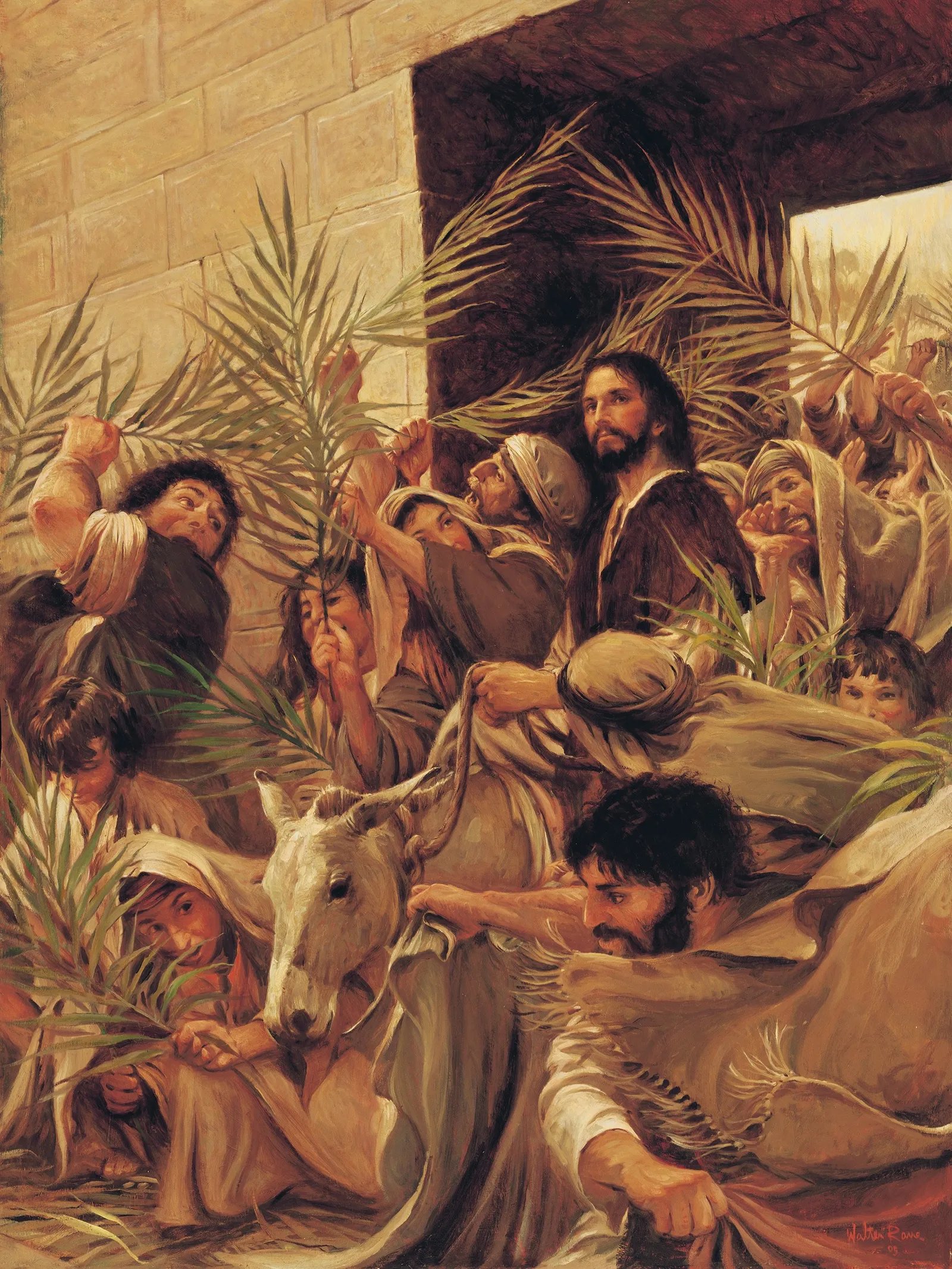
Holy Monday
Holy Monday can commemorate a number of different events. It is often associated with Mary anointing Christ's feet while they were in Bethany. As related in John 12, Mary used a "very costly" perfumed oil to anoint Christ's feet, and Judas complained that the money spent could have been given to the poor. Jesus reminded them that while there will always be people in need, they will not always have Him in their midst. Christians also celebrate Jesus cleansing the temple by removing the moneychangers on Holy Monday.
Christian observations of Holy Monday are less universal than Palm Sunday, but many congregations do have special readings from these gospel accounts or hold evening services focused on either the temple cleansing or Mary's anointing.

Holy or Fig Tuesday
Holy Tuesday commemorates Christ’s return to Jerusalem from Bethany. On His way, He passed a fig tree. According to the accounts in Matthew 21 and Mark 11, Jesus saw that the tree had leaves but no fruit. He cursed it, and the tree withered, an act that has often been interpreted as a symbol of judgment against hypocrisy.
Throughout the day, Christ gave several parables, including the Parable of the Two Sons and the Parable of the Wicked Tenants (Matthew 21), warnings about the last days, and a prediction of His coming death. At this prediction, His disciples were confused and did not understand. They expected a triumphant Messiah, not a suffering one. But Jesus taught that His death would bring about a greater harvest: “Except a corn of wheat fall into the ground and die, it abideth alone: but if it die, it bringeth forth much fruit.”
Holy Tuesday typically receives less attention than other days in Holy Week, though some traditions hold services focused on Jesus's teachings and parables. Orthodox churches often call this "Fig Tuesday," referencing the withered fig tree that the disciples noticed had died overnight following Jesus's curse.
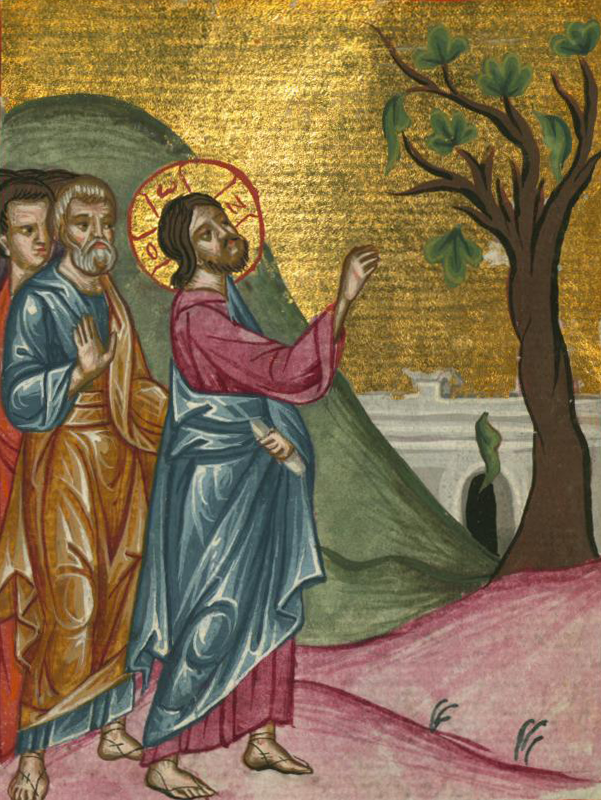
Spy Wednesday
Spy Wednesday focuses a little less on Jesus directly because it centers on Judas Iscariot’s betrayal. According to Matthew 26:14–16, Judas went to the chief priests and offered to deliver Jesus into their hands for thirty pieces of silver. The name “Spy Wednesday” comes from the idea that Judas was acting as a spy among the disciples, secretly planning betrayal while still outwardly participating in their fellowship.
None of the Gospels clearly explain why Judas chose to do this. Whatever the cause, the betrayal fulfills prophecy, particularly a passage from Zechariah that speaks of thirty pieces of silver being the price of betrayal (Zechariah 11:12–13).
Spy Wednesday is often observed with quiet reflection. One recommended practice for the day is to eat a simple meal.
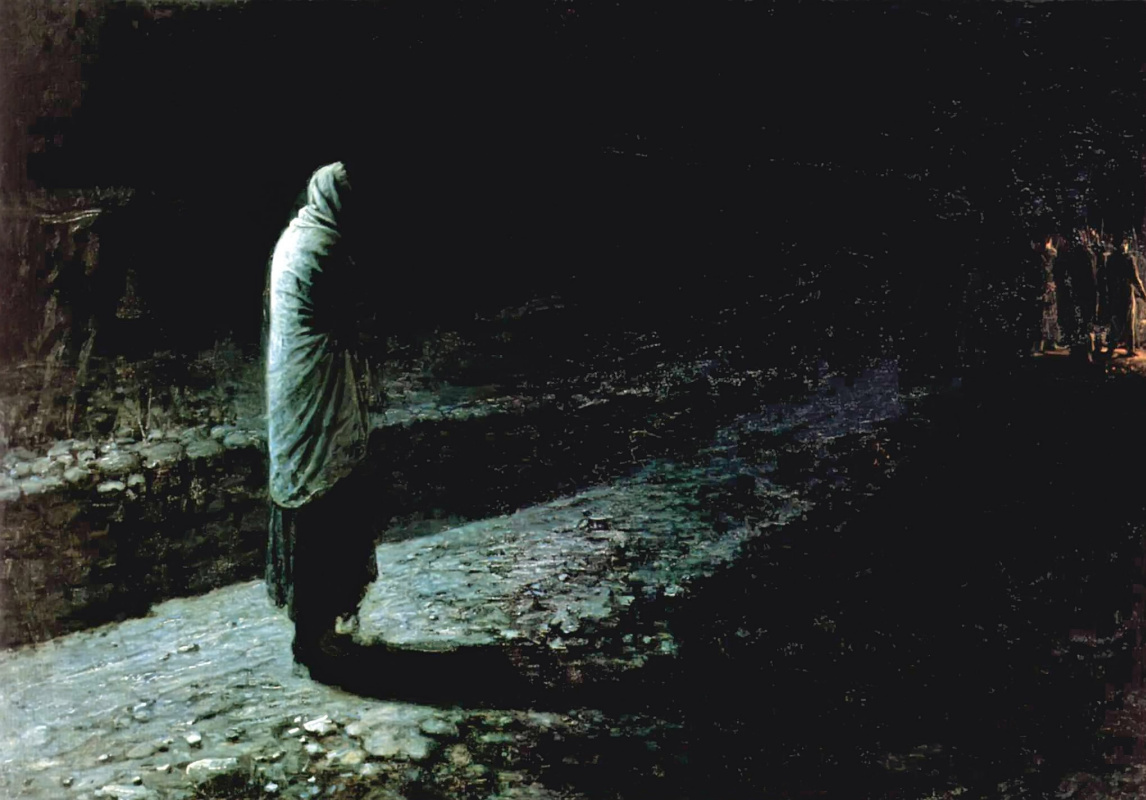
Maundy Thursday
Maundy Thursday is one of the most sacred days of Holy Week. The word Maundy comes from the Latin mandatum, meaning "commandment," referring to the "new commandment" Jesus gave His disciples: "That ye love one another; as I have loved you" (John 13:34). This day commemorates Jesus’ final Passover with His disciples—the Last Supper—where He instituted the sacrament. Later that night, Christ suffered in Gethsemane, was betrayed by Judas with a kiss, and was arrested.
In many Christian traditions, the sacrament (or Eucharist) is celebrated with special reverence on this day. Some churches also have foot-washing ceremonies, following Jesus’ example as He knelt to wash the feet of His disciples (John 13), or celebrate the Crism Mass.
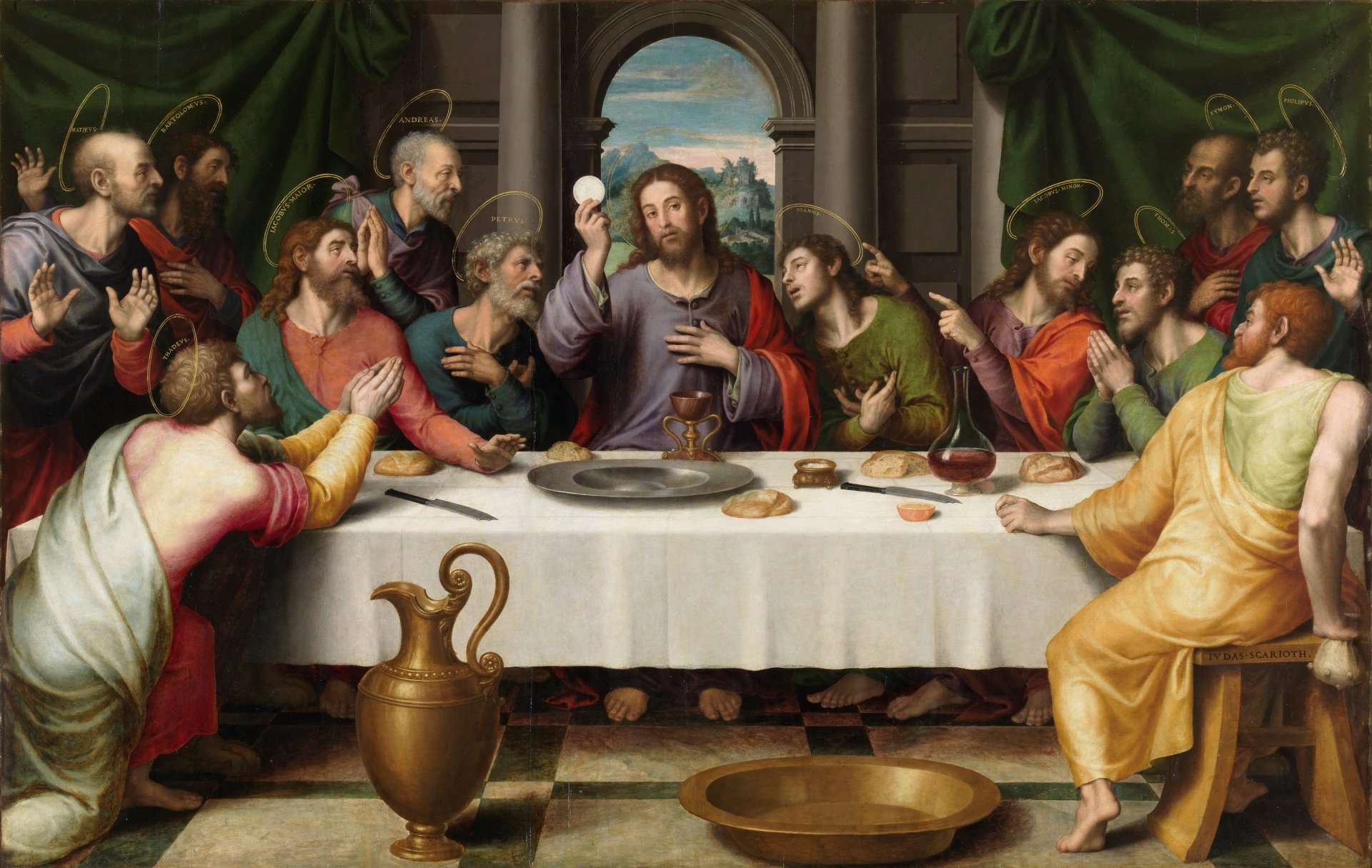
Good Friday
Good Friday commemorates Jesus’ trial, crucifixion, and burial. It is one of the darkest and most brutal days in Christian history. So why is it called good? There doesn’t seem to be a definitive answer. Some suggest that “good” once meant “holy,” like “Good Book” or “good tidings.” Others think it may come from the German Gottes Freitag—“God’s Friday.” But many Christians believe that it is “good” because of what it accomplished: the infinite Atonement of Jesus Christ.
In many Christian traditions, Good Friday is observed with fasting, quiet worship, and a focus on the Passion narratives in the Gospels. Some traditions also mark the day with Tenebrae (meaning "darkness") services—though, depending on the church, this may take place on an earlier day. Candles are gradually extinguished until the church sits in darkness. Others hold “Stations of the Cross” processions, reading scriptures aloud that walk through Jesus’s final hours. It is not a celebratory day—it is solemn, reverent, and heavy.
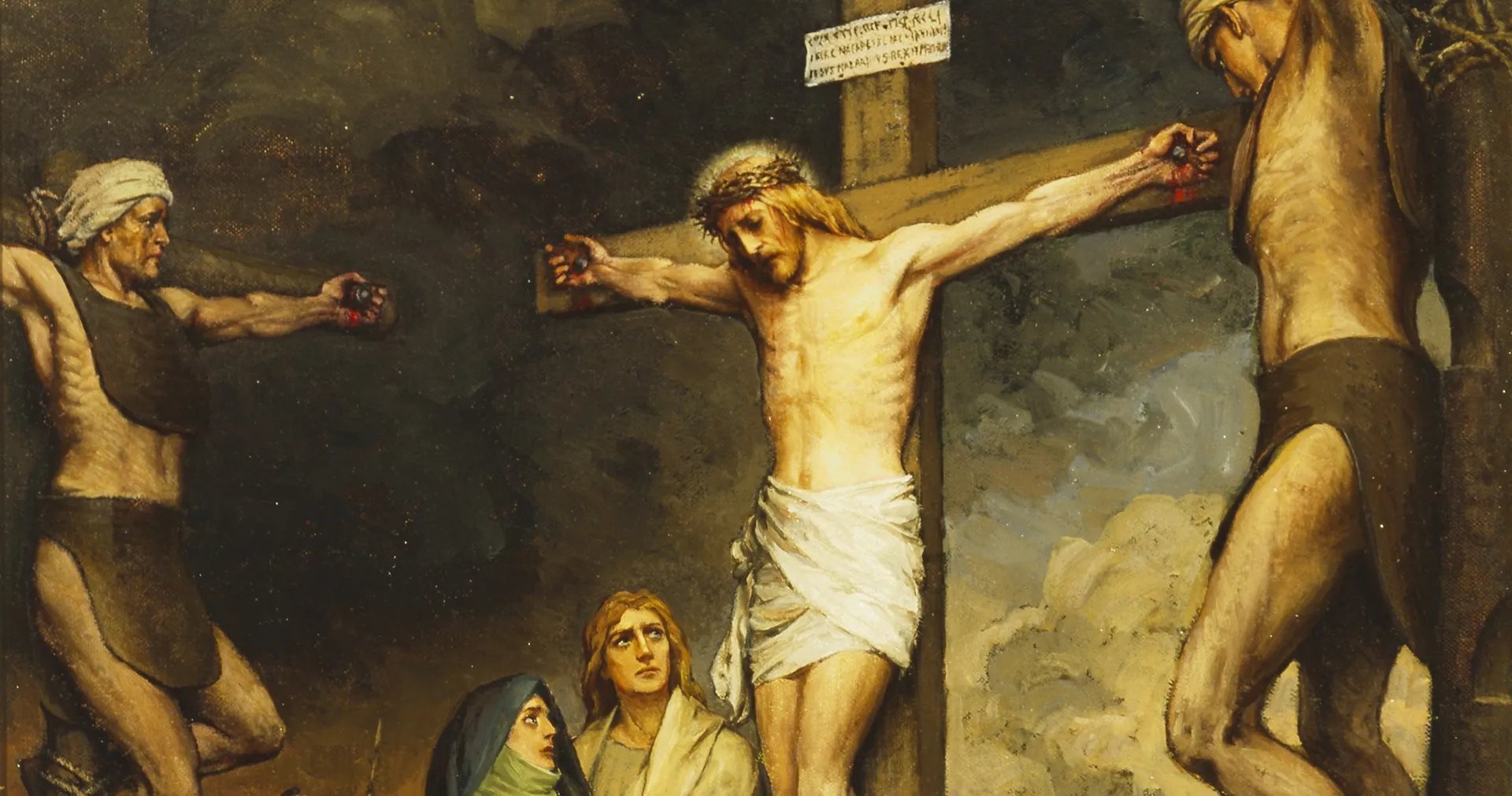
Black Saturday
Though it goes by many names, Holy Saturday is the great quiet of Holy Week. Jesus's body lay in the tomb while His disciples mourned and the women prepared spices for a proper burial after the Sabbath. The Gospels tell us almost nothing about this day. For the disciples, it was likely a day of grief and confusion.
But the silence of this day doesn’t mean nothing was happening. Christians have long connected it with the Harrowing of Hell—Christ’s visit to the spirits in prison, as mentioned in 1 Peter 3:19 and 4:6.
Many Christian traditions maintain the solemnity of Good Friday through most of Holy Saturday. It's observed with quiet reverence, often ending with an Easter Vigil that looks forward to the resurrection.
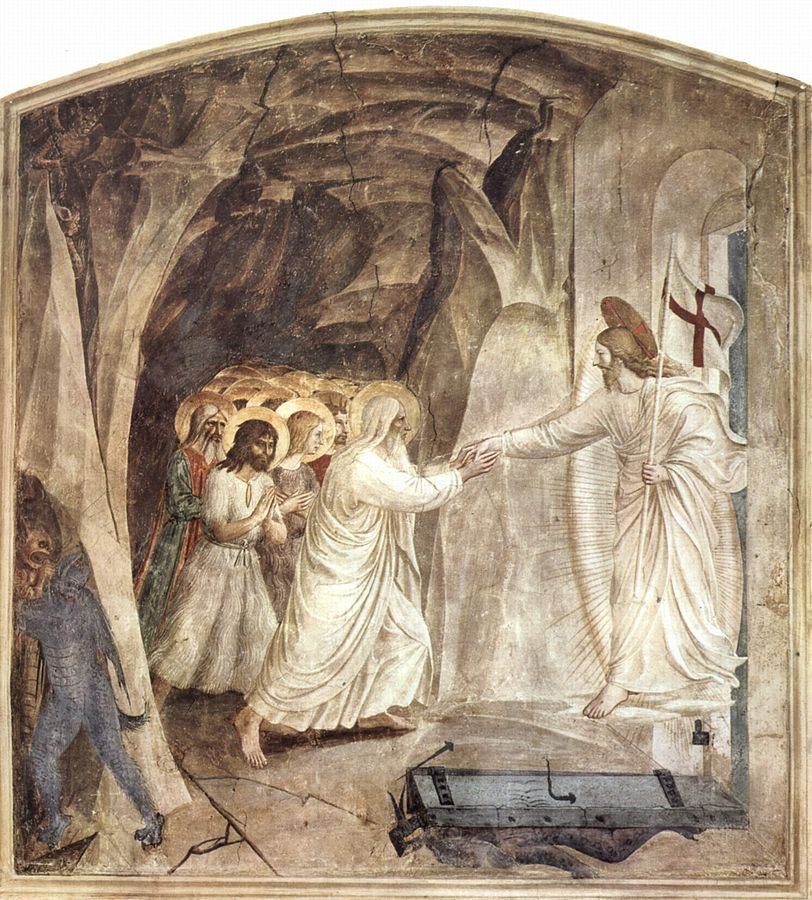
Easter
Easter may not technically be part of the Holy Week, but we'd be remiss if we didn't touch on it anyway. We are all familiar with the story: early Sunday morning, Mary Magdalene went to the tomb and found the stone rolled away. Angels announce that Jesus had risen, and later that day, the resurrected Christ appears to Mary, to disciples on the road to Emmaus, and to His apostles gathered behind locked doors.
Easter is often marked with special music, flowers, and festive services. Many traditions hold sunrise services symbolizing the early morning discovery of the empty tomb. Orthodox Christians greet each other with "Christ is risen!" and the response, "Indeed He is risen!" for weeks afterward.
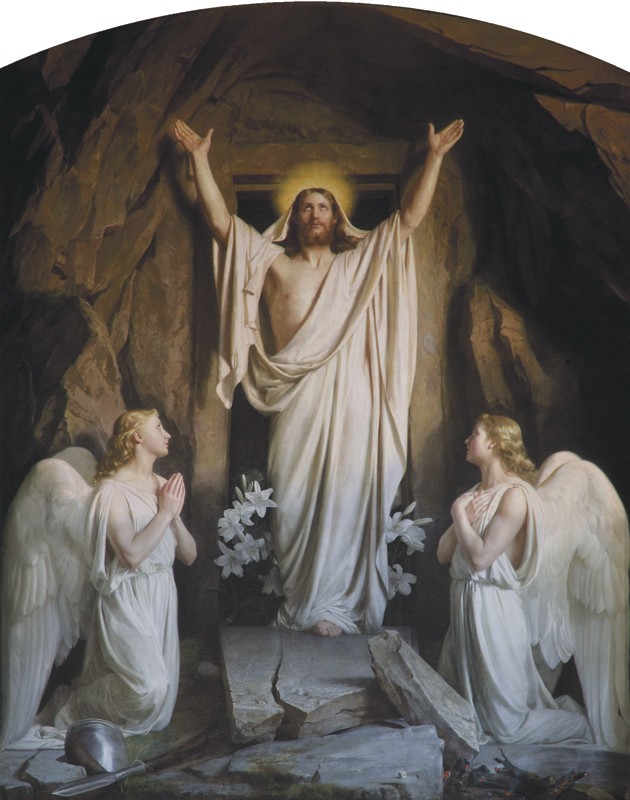
Why Holy Week Matters to Latter-day Saints
Latter-day Saints haven’t traditionally observed Holy Week in any formal way—and, let’s be honest, we tend to be a little allergic to traditions that aren’t our own. No ashes, no foot-washing, no processions. Just regular Sunday worship and maybe a musical number if we're lucky. But while we may not have the rituals, we do have the reason. But as Joseph Smith said:
The fundamental principles of our religion is the testimony of the apostles and prophets concerning Jesus Christ, “that he died, was buried, and rose again the third day, and ascended up into heaven;” and all other things are only appendages to these, which pertain to our religion.
Holy Week invites us to walk deliberately through the events of the Savior's Atonement—not rushing past the sacrifice to get to the resurrection, but taking time to consider each step of His journey. We have a chance to walk with Him, day by day: through the crowd shouting hosanna, through the cleansing of the temple, into the upper room, to Gethsemane, to the cross, and to the tomb—and then out of it.
And for us, Holy Week doesn’t have to end on Easter Sunday—because in the Book of Mormon, we continue the story in 3 Nephi, where the resurrected Christ appears to His “other sheep” and invites them, and us, into His presence. Even if there’s no ward activity for Spy Wednesday.
Like Mormonr? Sign up for our newsletter to receive updates on the latest blog posts, Q&As, and Mormonr projects.


